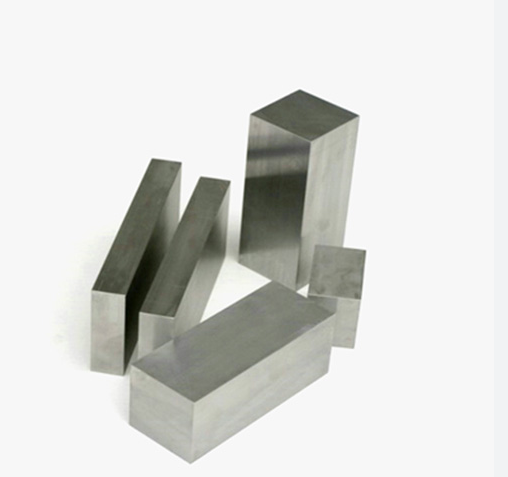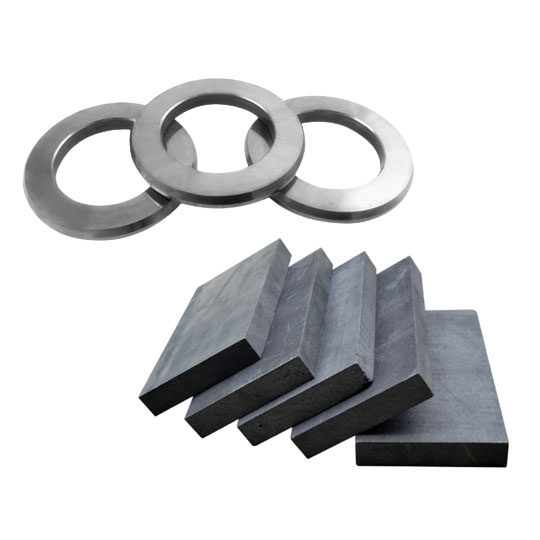The Use of Carbide Rods
Твердосплавные стержни are the backbone of precision machining and manufacturing. Used in everything from cutting tools to industrial machinery, these high-performance materials offer unmatched hardness, wear resistance, and heat endurance. But why does quality matter? Think of it like this: if carbide rods were the tires of a race car, using substandard ones would be like trying to win a Formula 1 race on cheap, worn-out tires. Not a great idea, right? That’s why ensuring carbide rods meet top-notch quality standards is crucial.
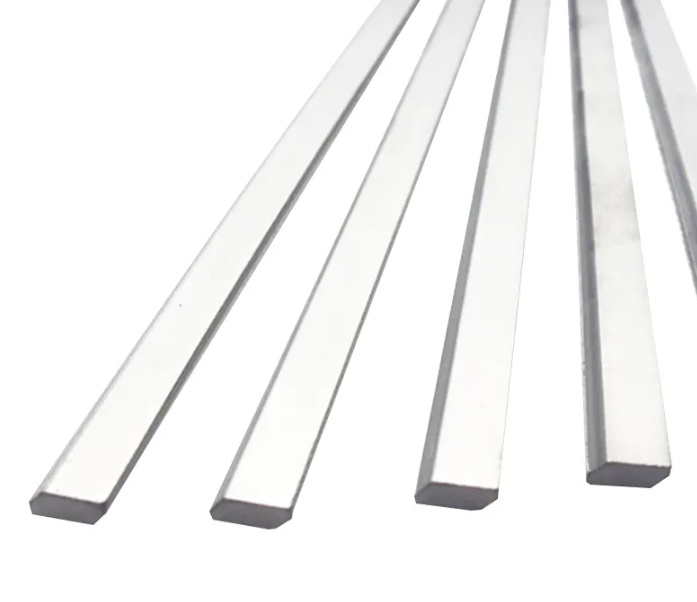
Что такое твердосплавные стержни?
Твердосплавные стержни are solid cylindrical bars made from tungsten carbide powder, typically bound with cobalt or other metals. These rods are sintered at extremely high temperatures to form a dense, super-hard material used in metal cutting tools, drills, end mills, and wear-resistant applications. Their durability makes them ideal for demanding industries such as aerospace, automotive, and medical equipment manufacturing.
Key Benefits of Carbide Rods:
- Чрезвычайная твердость – Much harder than steel, making them last longer in cutting applications.
- Высокая износостойкость – Ideal for machining tough materials.
- Термостойкость – Can endure extreme temperatures without losing performance.
- Precision Manufacturing – Ensures accuracy in cutting and drilling applications.
Key Quality Standards for Carbide Rods
When choosing carbide rods, it’s essential to ensure they meet international quality standards. These standards define the mechanical properties, composition, and performance expectations, guaranteeing consistency and reliability.
Major Quality Standards:
- ISO 513 & ISO 9001 – International standards for cutting materials and general quality management.
- ASTM B777 – Specifies the density and hardness requirements for tungsten-based materials.
- GB/T 18376.1-2001 – Chinese standard for evaluating carbide materials.
- DIN ISO 513 – German standard covering various carbide compositions.
- JIS B4053 – Japanese standard for carbide tool materials.
Factors That Determine Carbide Rod Quality
| Фактор | Описание |
|---|---|
| Tungsten Purity | Higher purity ensures better hardness and strength. |
| Размер зерна | Finer grains improve toughness and wear resistance. |
| Кобальтовый переплет | Affects the toughness and hardness balance. |
| Процесс спекания | Advanced sintering leads to a more uniform structure. |
| Отделка поверхности | Affects performance in machining applications. |
| Tolerance Standards | Precision in diameter and straightness for better accuracy. |


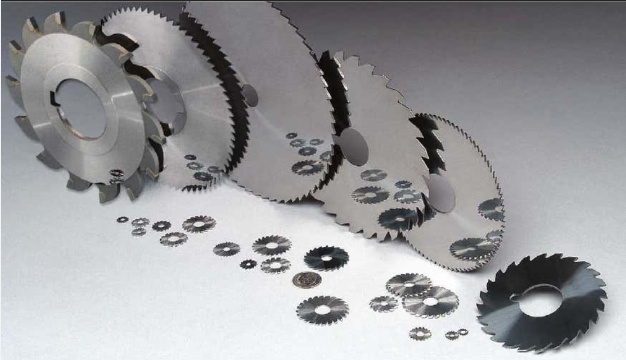
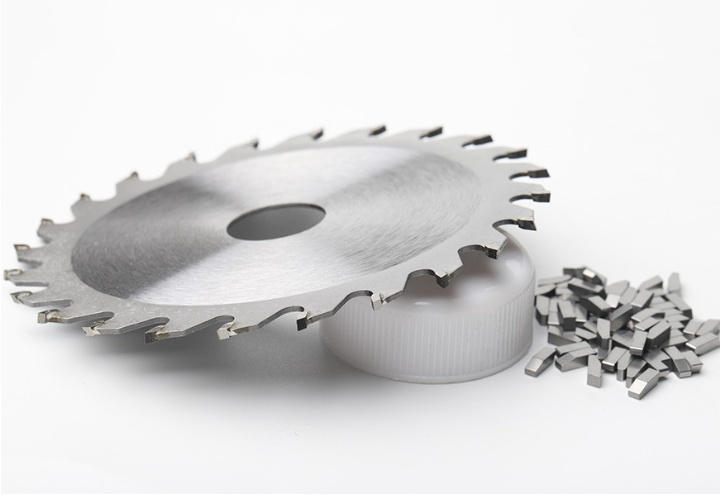
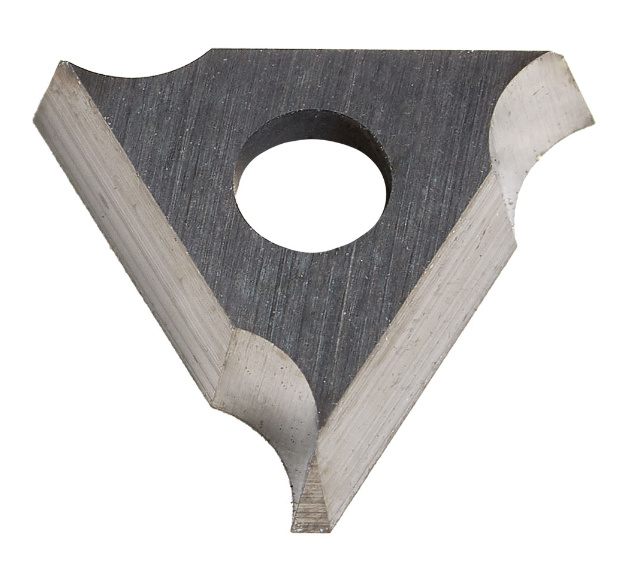
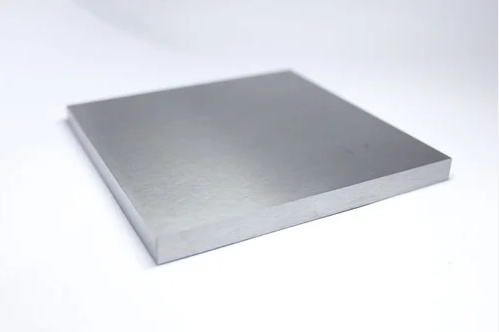
How to Choose High-Quality Carbide Rods?
So, how do you pick the best твёрдосплавные стержни? It’s like choosing a top-tier chef’s knife—material quality, craftsmanship, and durability matter. Here’s what to look for:
- Check the Grain Structure: Finer grains mean stronger rods. Opt for ultrafine or submicron grain carbide rods for precision cutting.
- Look at the Cobalt Content: More cobalt increases toughness, but too much can reduce wear resistance.
- Verify the Sintering Process: High-quality sintering ensures even hardness and fewer defects.
- Surface Inspection: Choose rods with a polished or ground finish for enhanced performance.
- Репутация производителя: Stick with trusted brands that meet international standards.
Common Defects and How to Avoid Them
Even the best materials can have flaws. Here are some common defects and how to avoid them:
| Defect | Причина | Prevention |
|---|---|---|
| Пористость | Poor sintering process | Choose high-quality sintered rods |
| Cracks | High internal stress or cooling issues | Ensure uniform heat treatment |
| Неравномерная твердость | Несоответствующий состав материала | Проверьте наличие сертификатов качества |
| Чиппинг | Неправильное обращение или слабая структура зерна | Выбирайте мелкозернистые твердосплавные стержни |
Лучшие производители и сертификаты твердосплавных стержней
| Производитель | Сертификаты |
|---|---|
| Sandvik | ISO 9001, ISO 14001 |
| Kennametal | ASTM B777, ISO 9001 |
| Цементированный карбид из Чжучжоу | GB/T 18376.1-2001, ISO 9001 |
| Ceratizit | DIN ISO 513, ISO 9001 |
| Sumitomo Electric | JIS B4053, ISO 9001 |
| Guhring | ISO 513, DIN ISO 9001 |
| ИСКАР | ISO 9001, ISO 14001 |
| Материалы Гипериона | ASTM B777, ISO 9001 |
| Mitsubishi Materials | JIS B4053, ISO 9001 |
| Инструменты Seco | ISO 513, ISO 9001 |
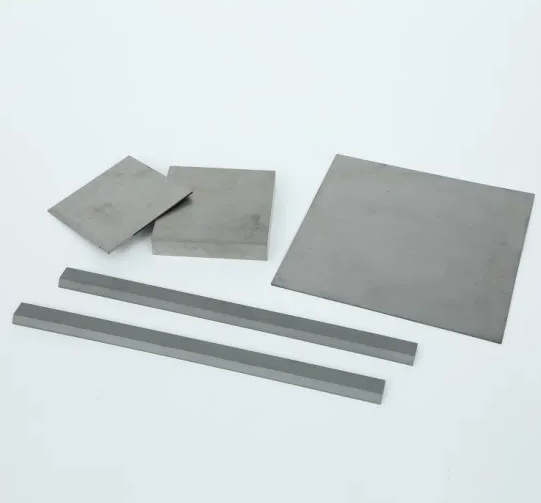
ЧАСТО ЗАДАВАЕМЫЕ ВОПРОСЫ
| Вопрос | Ответить |
|---|---|
| Какой твердосплавный стержень лучше всего подходит для обработки? | Карбидные стержни с субмикронным зерном обеспечивают наилучшую точность и износостойкость. |
| Как проверить качество твердосплавных стержней? | Проверьте твердость, размер зерна и качество поверхности. Обратите внимание на наличие отраслевых сертификатов. |
| Почему ломаются твердосплавные стержни? | Плохое спекание, чрезмерное внутреннее напряжение или неправильное использование могут привести к поломке. |
| В чем разница между карбидом вольфрама и твердым карбидом? | Твердый карбид - это карбид 100%, а карбид вольфрама обычно смешивают со связующим веществом, например, кобальтом. |
| Как долго служат твердосплавные стержни? | Долговечность зависит от условий эксплуатации, но высококачественные стержни могут прослужить значительно дольше, чем альтернативы более низкого качества. |

